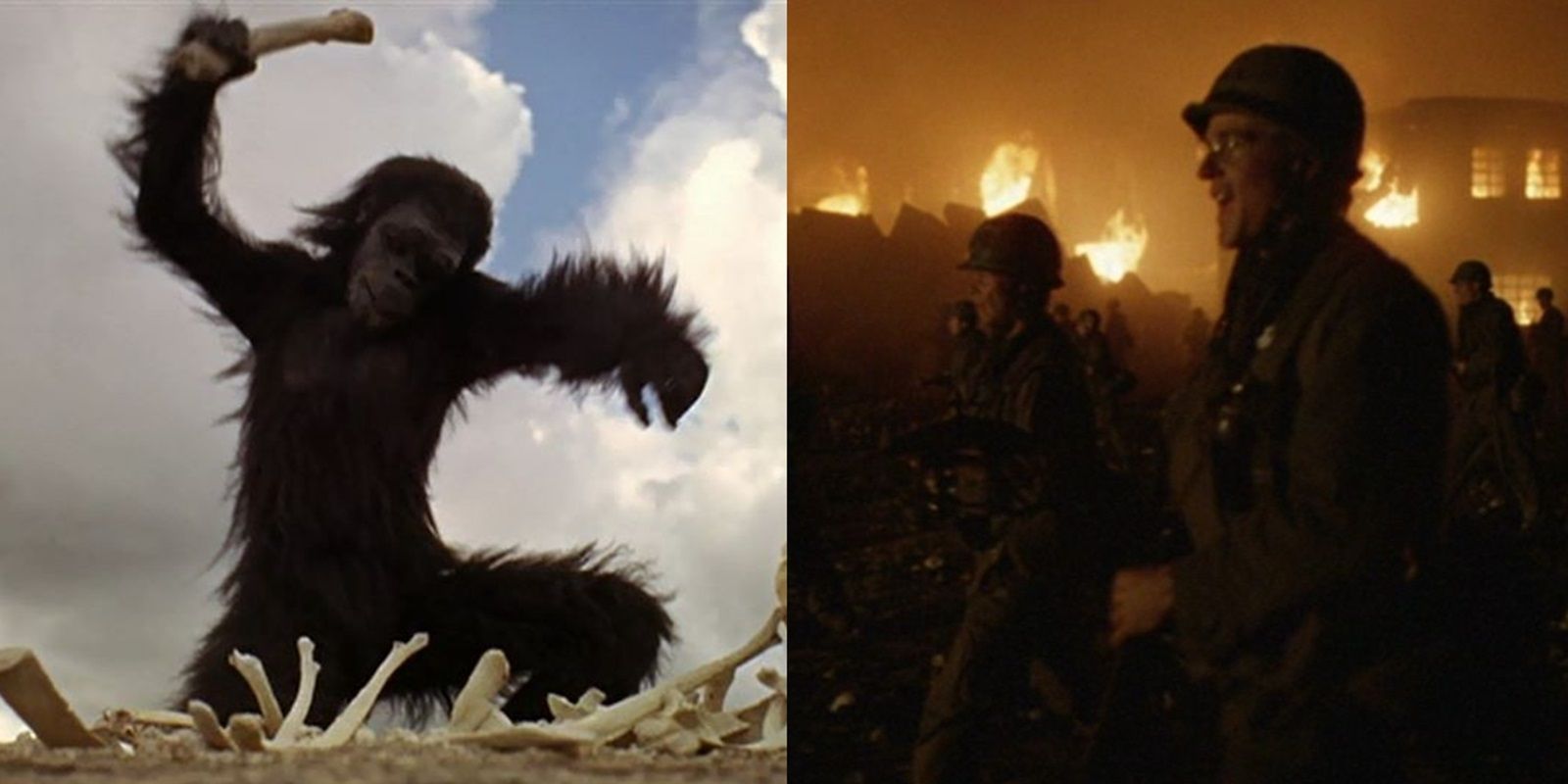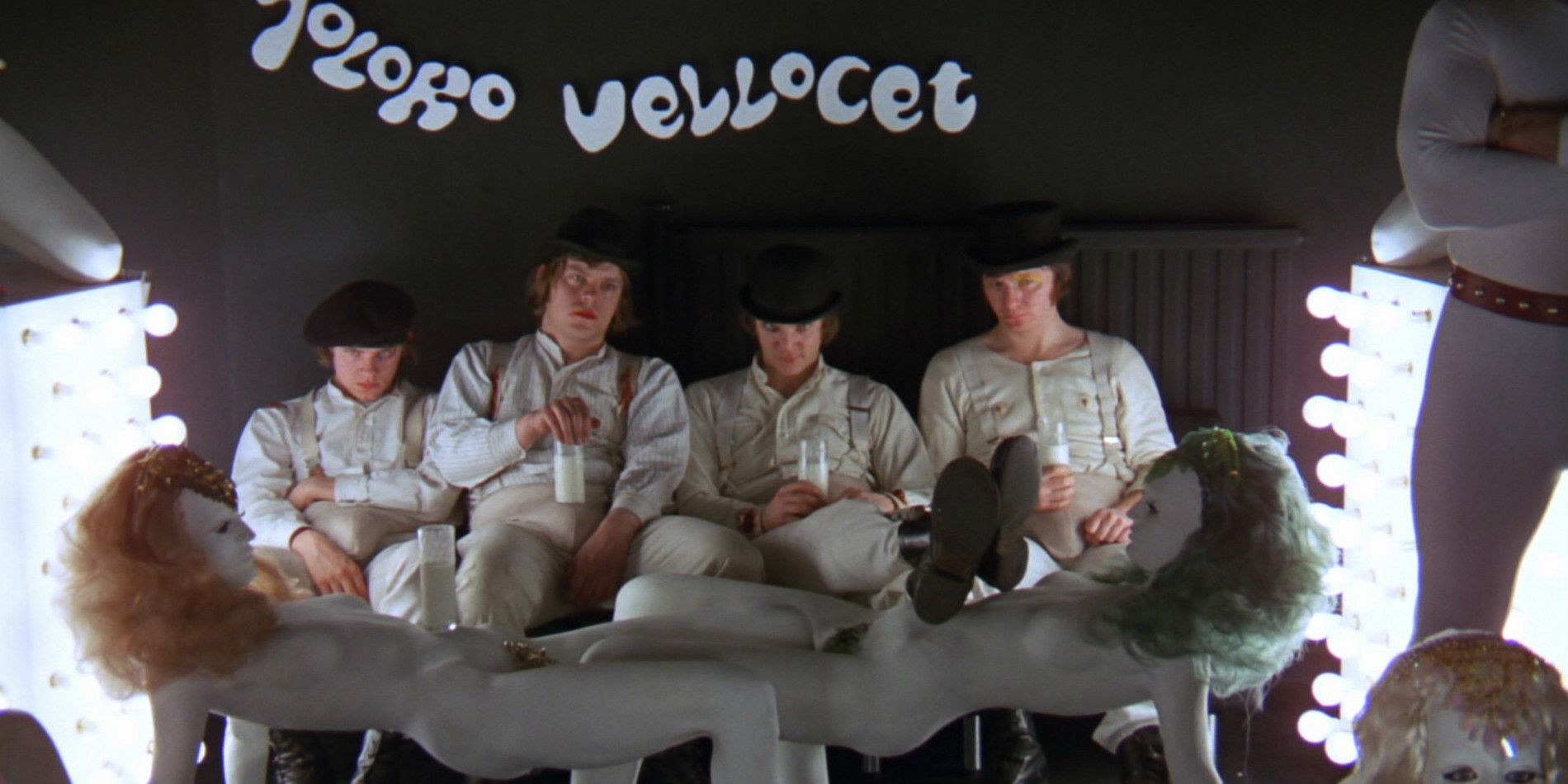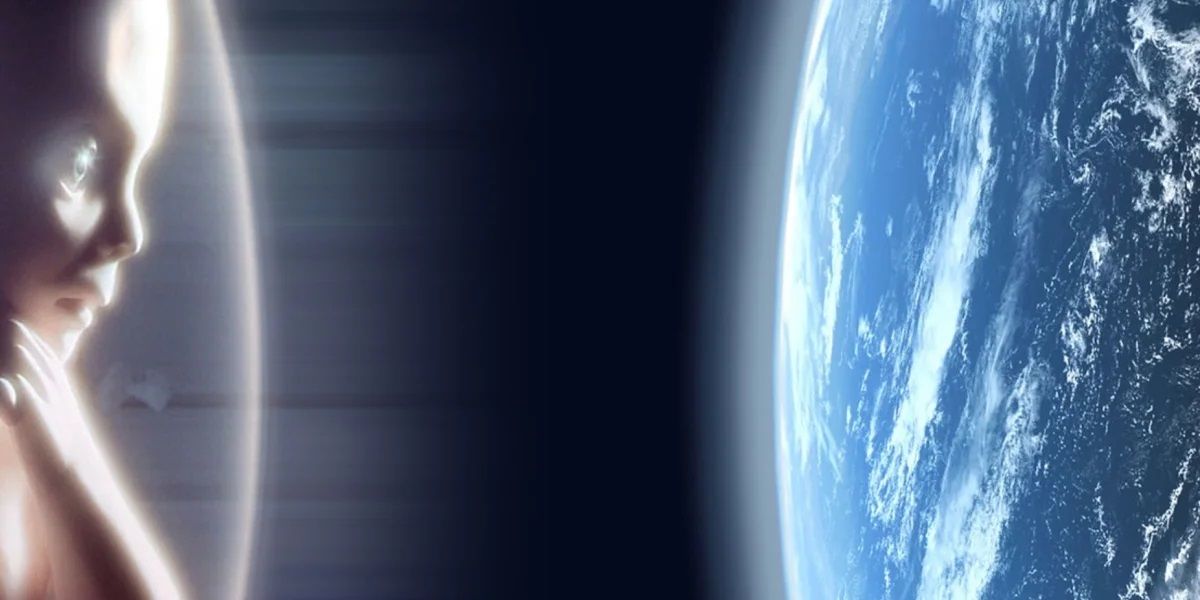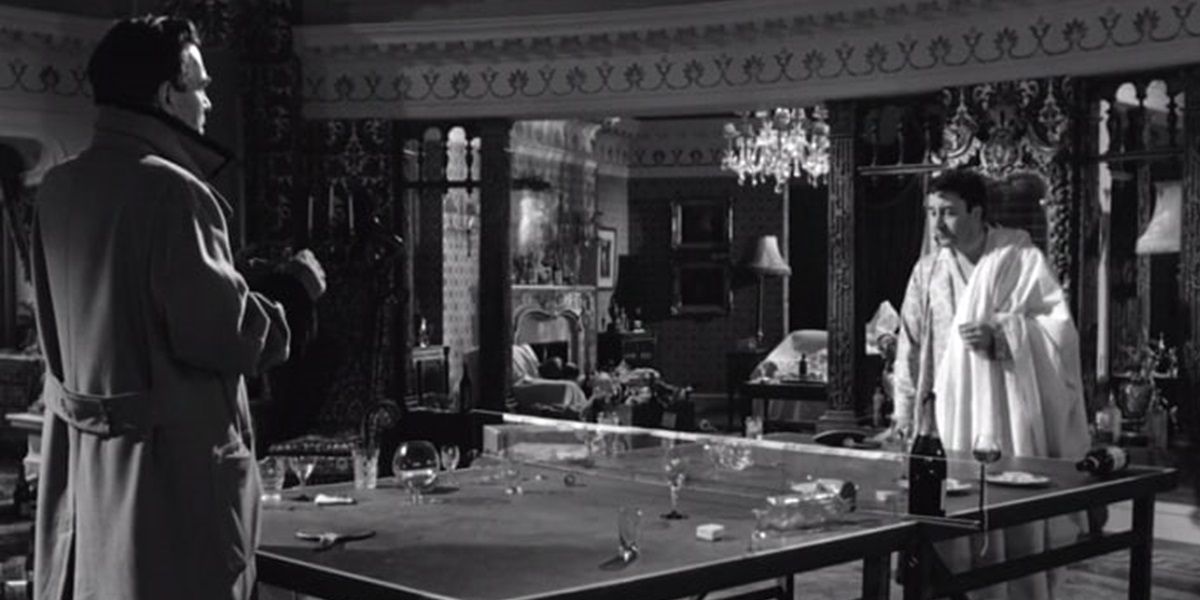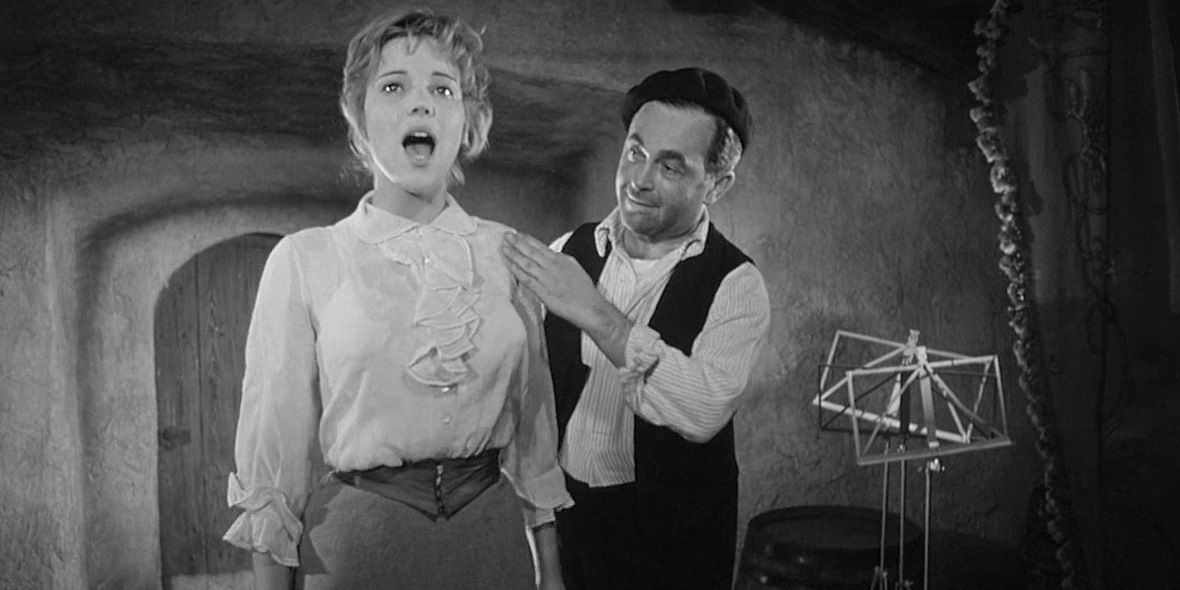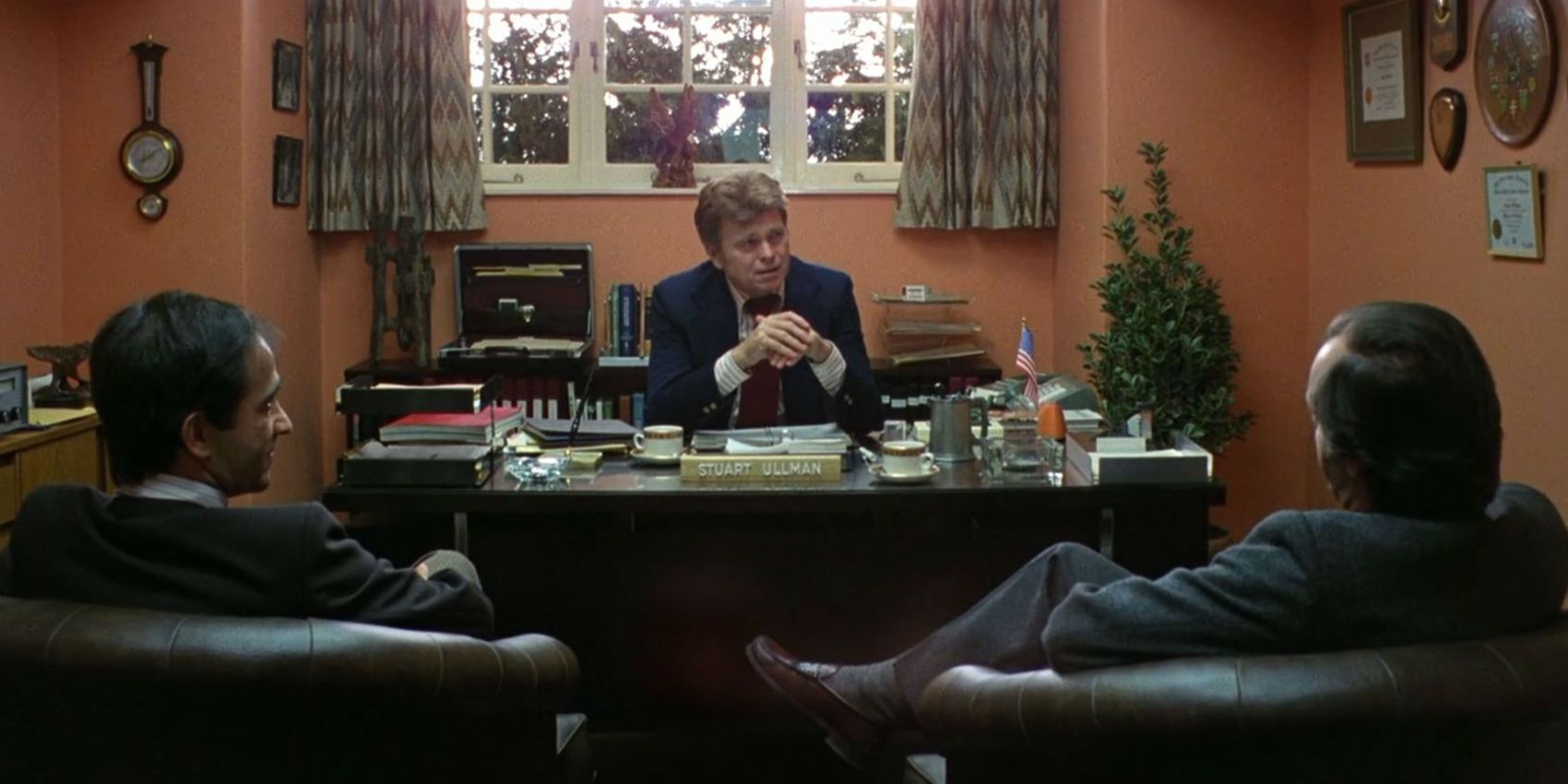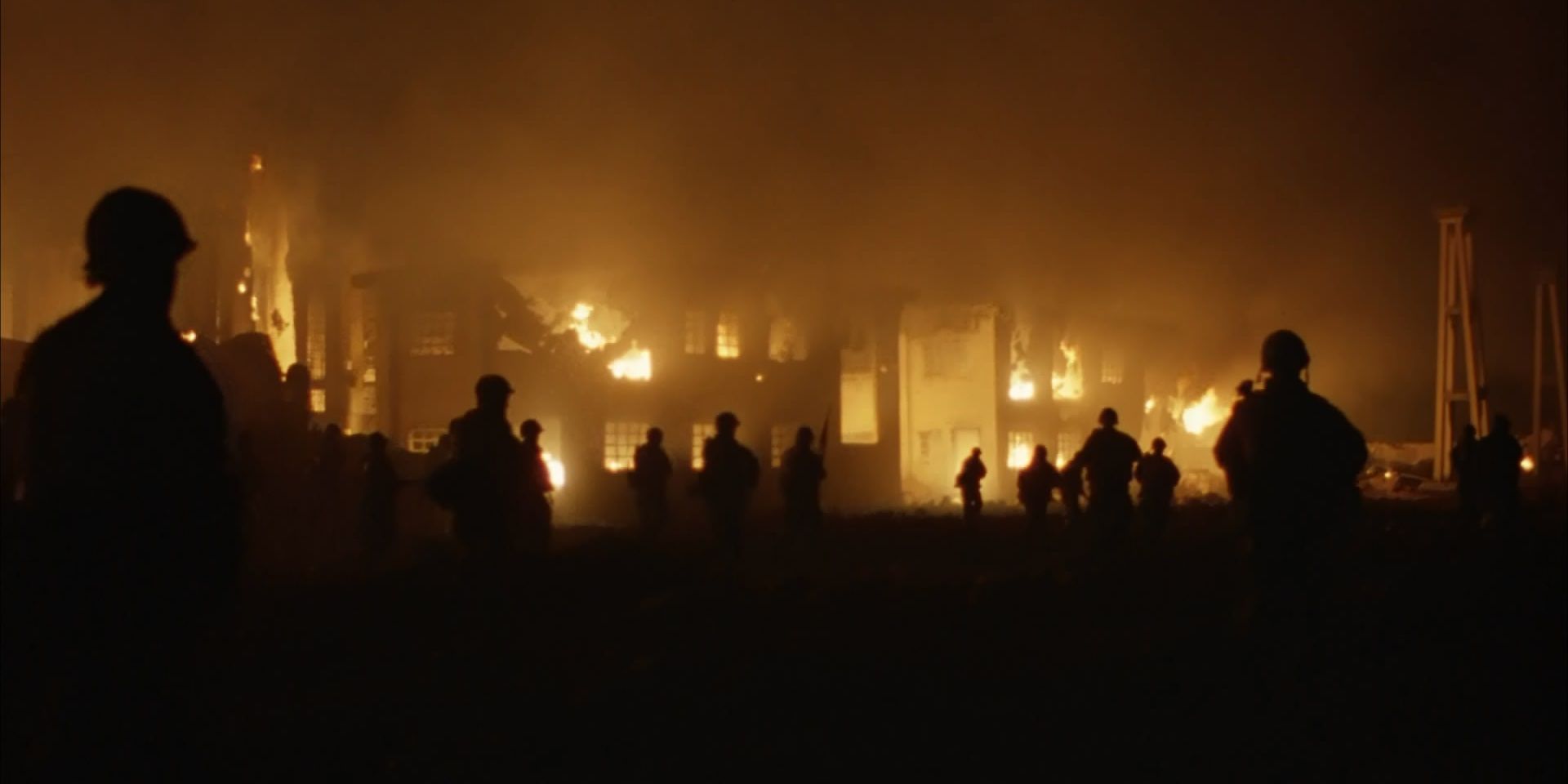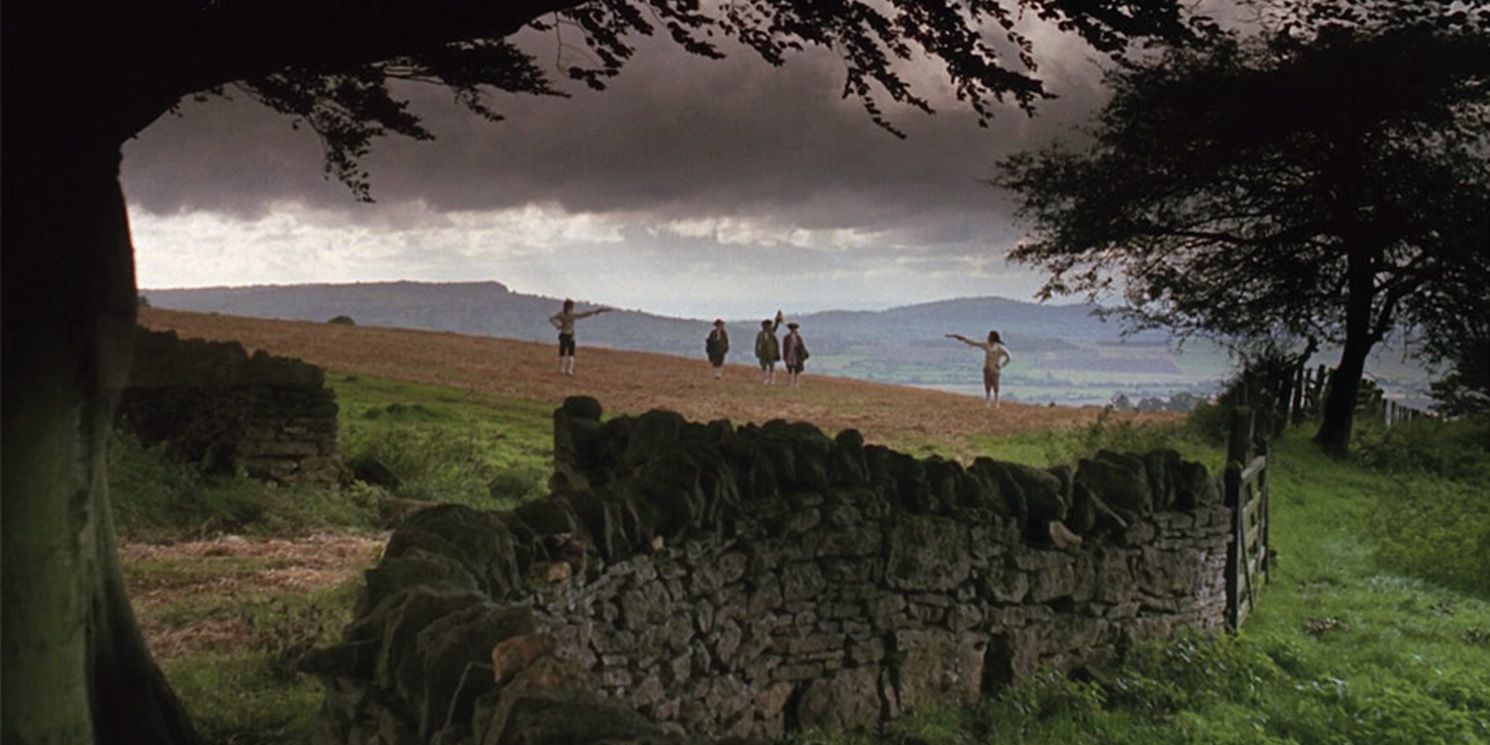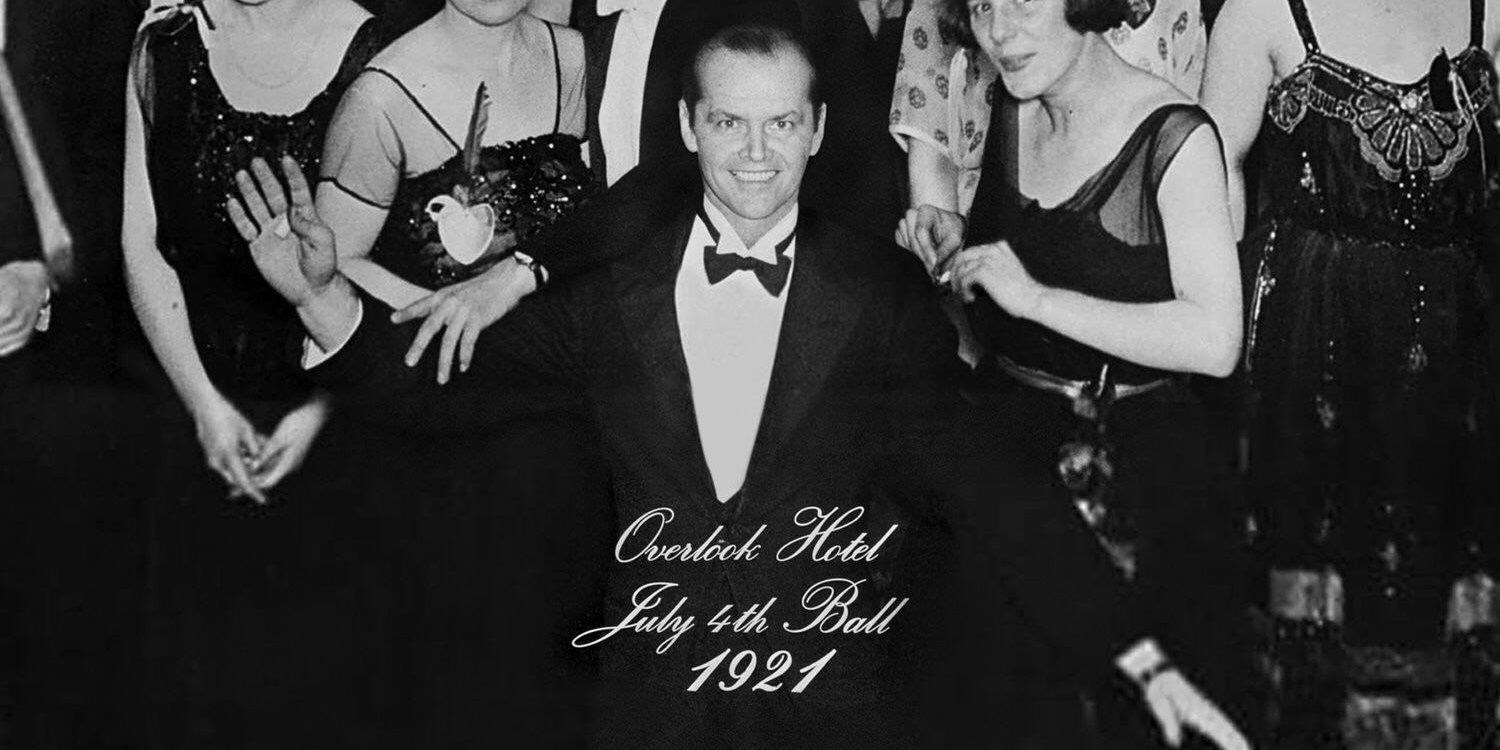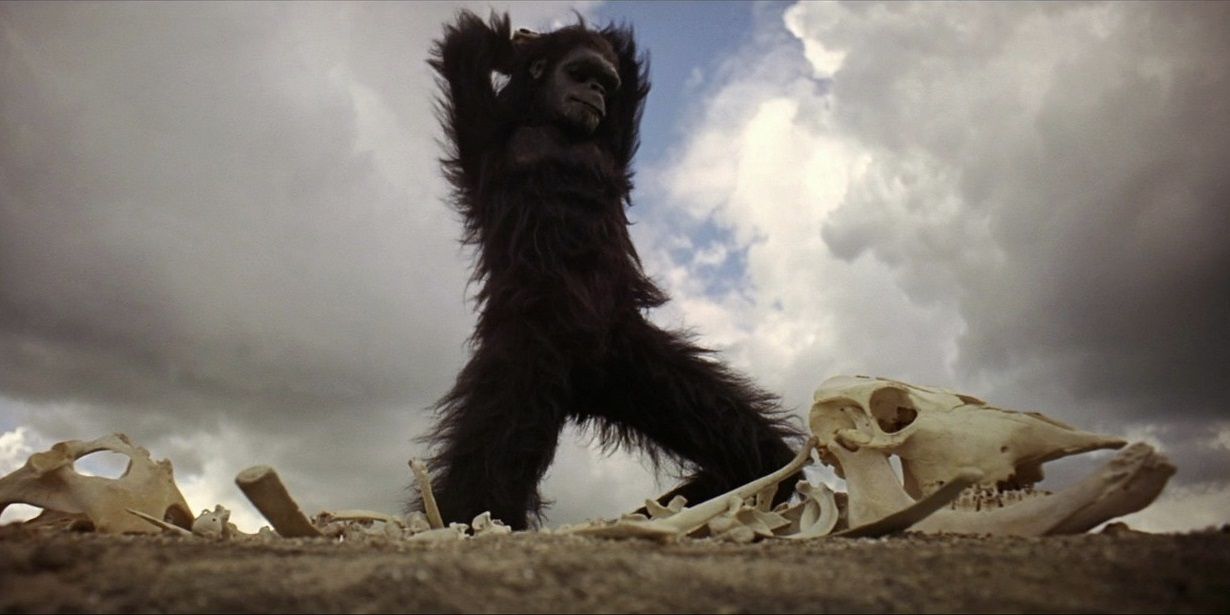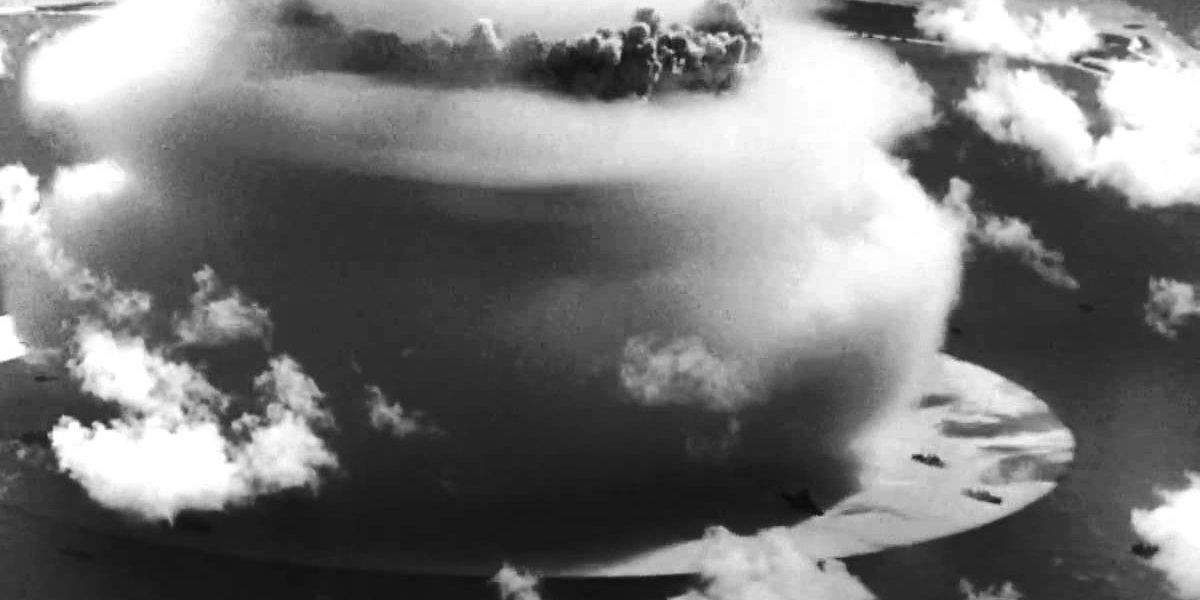The two most important scenes in any movie are the first one, which introduces audiences to the story and sets up all the conflicts that will keep them invested to the end, and the final one, which faces the unfortunate burden of tying up the loose ends and concluding the story.
From Alex DeLarge’s stare into the camera in the milk bar to the breathtaking “Dawn of Man” sequence, Kubrick really knew how to open a movie. And from the birth of the Star Child to a nuclear holocaust ending all life on Earth, he knew how to end one, too.
Opening Scene: A Clockwork Orange
Kubrick’s unsettling adaptation of Anthony Burgess’ A Clockwork Orange opens with Alex DeLarge doing a “Kubrick stare” to the camera in the Korova Milkbar before he and his droogs go on a crime spree in a dystopian future.
The scene is perfectly paired with an arrangement of Henry Purcell’s “Music for the Funeral of Queen Mary” performed by Wendy Carlos on a Moog synthesizer. This was one of the first times a synthesizer was used for a film score.
Ending: 2001: A Space Odyssey
After going through the Star Gate, Dave Bowman finds himself in a fancy bedroom on the edge of the universe, where he watches himself rapidly age and die, before being reborn as the Star Child, watching over Earth.
This ending is open to interpretation, but Arthur C. Clarke’s tie-in novel suggests that it’s the next stage of human evolution.
Opening Scene: Lolita
Kubrick’s adaptation of the controversial Nabokov novel Lolita opens toward the end of the story, with an armed Humbert Humbert, played by James Mason, confronting a drunken Clare Quilty, played by Peter Sellers.
Humbert shoots Quilty through a painting of a young woman before the movie flashes back four years to when Humbert first fell for the underage title character.
Ending: Paths Of Glory
After the somber execution scene in Kubrick’s anti-war masterpiece Paths of Glory, Kirk Douglas’ Colonel Dax wanders down to an inn where some of his soldiers are drinking.
A captive German girl is brought out to sing a folk song to the soldiers. At first, they make fun of her, but as the song goes on, they’re all swept up in it and share in a collective human moment. Dax decides not to tell his men that they’ve been ordered back to the front and leaves.
Opening Scene: The Shining
The opening titles of Kubrick’s adaptation of Stephen King’s The Shining play over a series of helicopter shots of the Rocky Mountains charting Jack Torrance’s long drive out to the Overlook Hotel to interview for the position of winter caretaker.
The interview scene delivers a lot of key exposition, as Mr. Ullman tells Jack that the hotel was built on a Native American burial ground and the last guy to hold the winter caretaker position lost his mind in the isolation and murdered his entire family. This expertly sets the stage for the terror in the second and third acts.
Ending: Full Metal Jacket
One of Kubrick’s most darkly comic movies is Full Metal Jacket, his satirical indictment of the Vietnam War. Its ironic final scene sees a platoon of U.S. Marines singing the “Mickey Mouse March” on their way out of a burning city at the end of the Battle of Huế.
As the “Mickey Mouse March” comes to a close and the end credits begin, the soundtrack changes to the Rolling Stones’ “Paint It Black.”
Opening Scene: Barry Lyndon
At the beginning of Barry Lyndon, one of Kubrick’s most underrated movies, a possibly unreliable narrator recounts that Barry’s father was killed in a duel following a disagreement over a horse sale in Ireland in the 1750s.
This opening scene has plenty of Kubrick’s signature pitch-black humor as the killing of Barry’s father plays as oddly hilarious.
Ending: The Shining
When Jack Torrance succumbs to the ghosts of the Overlook Hotel, he chops down the bathroom door with an ax to get to his wife Wendy, then chases his son Danny into the snowy hedge maze. In the end, Wendy and Danny manage to escape as Jack freezes to death.
The iconic ambiguous final shot of The Shining shows a photograph taken at the Overlook decades earlier, with a seemingly ageless Jack attending a lavish party.
Opening Scene: 2001: A Space Odyssey
Before the most iconic match cut in movie history, 2001: A Space Odyssey opens before apes evolved into humans, with two rivaling tribes fighting over a watering hole.
Dubbed the “Dawn of Man” sequence, this opening act posits that apes involved into humans when they discovered the ability to use violence to accomplish their goals.
Ending: Dr. Strangelove
At the end of Dr. Strangelove, as the President and his War Room cronies discuss a plan to move underground in the midst of the nuclear holocaust, then fear that the Soviets might have the same plan.
When the Doomsday Machine is activated, Vera Lynn’s rendition of “We’ll Meet Again” plays ironically over a montage of all life on Earth being destroyed by nuclear weapons.

